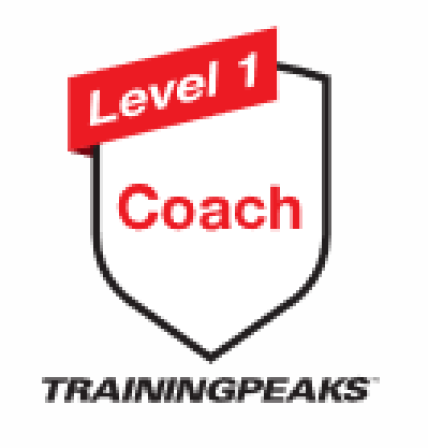What aspects of training change after winter in spring training?
Winter for most people means a time of year to snuggle up, hunker down and lounge about. 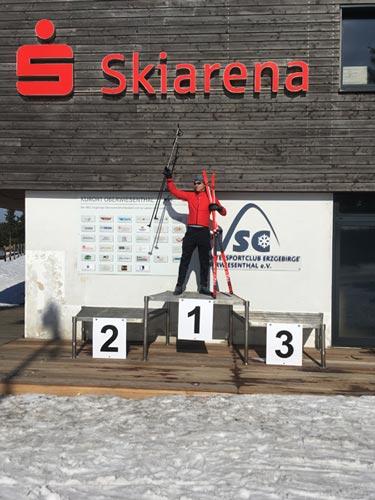 If you're a triathlete, winter is just another training phase, and every second counts. The key to successfully cycling through training phases is to have the right mentality for each phase and how they contribute to your overall training plan. As every triathlete knows, and every aspiring triathlete realizes, you can't go hard all year and expect to perform optimally. Knowing how to transition from each season, especially from winter to spring training, will help you to achieve your training goals. Below, we break down some of the key components to making the transition from winter to spring triathlon training.
If you're a triathlete, winter is just another training phase, and every second counts. The key to successfully cycling through training phases is to have the right mentality for each phase and how they contribute to your overall training plan. As every triathlete knows, and every aspiring triathlete realizes, you can't go hard all year and expect to perform optimally. Knowing how to transition from each season, especially from winter to spring training, will help you to achieve your training goals. Below, we break down some of the key components to making the transition from winter to spring triathlon training.
1. Differences from winter training and spring training
The biggest difference between winter training and spring training is the relationship between training and recovery. Although you can compete to varying degrees year-round, if you are in proximity to warmer climates like Florida or Texas, most of the major competitions, including the Ironman World Championship, are held during the late Spring (May) to early Autumn (October). If your goal is to compete to some degree during the competition season, then you want to adjust your periodization so that you are in peak form around that time.
If you have been competing for some time, then you know that at some point your body starts to wear down and you might even sustain an injury or two. If you're new to the sport, then you might also be realizing that gaining strength and endurance are not overnight affairs and you very well may even plateau in your training. Approaching your training from a year-long perspective, using periodization that allows you to cycle from different training strategies and intensities so that you can gradually build and recover, allows any triathlete to train consistently and effectively while improving in the areas that are necessary. In short, when you are periodizing your workouts, the winter season (December to roughly February) will primarily focus on recovery, mobility and strength training. In the Spring, the training cycle will begin to shift back to increasing endurance.
2. Structure Changes in periodization
Periodization is the process where you are breaking your training schedule, which ideally will focus on the entire year, into different segments, or periods. Each period, roughly 12 weeks, allows you to focus on a specific training goal. During the winter training period, you will be looking at recovering from a previous training session or, if you're new to the sport, getting ready to compete within the next 6 months. In order to develop a good competitive base, you need to focus on strength training. It's recommended that your strength training regimen should be 2-3 workouts a week including weighted exercises, kettlebells and resistance bands.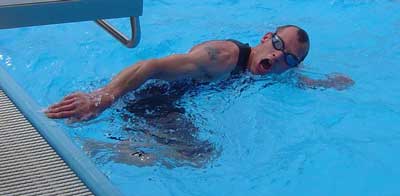 As you are transitioning from the winter strength training phase to the spring phase, you will be moving from focusing mostly on strength training to focusing on endurance. Reducing your strength training workouts from 3 to only 2 times a week and having at least 3-4 endurance workouts a week will help to begin to build the aerobic base you will need for the competitive season. During the winter, the primary aerobic exercise should be swimming, as it is low-impact and can be easy to do, especially if you're only access to water during the winter months is an indoor pool. As the weather begins to warm, you can begin to focus more on cycling and riding.
As you are transitioning from the winter strength training phase to the spring phase, you will be moving from focusing mostly on strength training to focusing on endurance. Reducing your strength training workouts from 3 to only 2 times a week and having at least 3-4 endurance workouts a week will help to begin to build the aerobic base you will need for the competitive season. During the winter, the primary aerobic exercise should be swimming, as it is low-impact and can be easy to do, especially if you're only access to water during the winter months is an indoor pool. As the weather begins to warm, you can begin to focus more on cycling and riding.
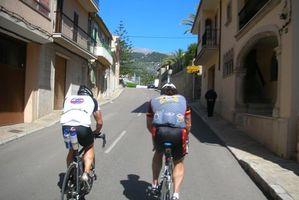 An example of the transition in the periodization from winter to spring would include increasing your bike volume to 3-6 hours a week, swimming 2-4 hours a week and running 2-4 hours a week. This lower volume endurance workout will help to gradually increase your lactic acid threshold so that your muscles are not getting too burnt out while you train, allowing for more consistent training as the season progresses. While you are strength training, focusing on lower intensity workouts, which can even include body weight exercises, a fewer times a week will help to maintain the muscle strength and proprioceptive gains you made during the winter that are essential for maintaining stamina during long events.
An example of the transition in the periodization from winter to spring would include increasing your bike volume to 3-6 hours a week, swimming 2-4 hours a week and running 2-4 hours a week. This lower volume endurance workout will help to gradually increase your lactic acid threshold so that your muscles are not getting too burnt out while you train, allowing for more consistent training as the season progresses. While you are strength training, focusing on lower intensity workouts, which can even include body weight exercises, a fewer times a week will help to maintain the muscle strength and proprioceptive gains you made during the winter that are essential for maintaining stamina during long events.
3. Goals and training tips for transitioning from Winter to Spring
Again, the focus on transitioning from Winter training to Spring training is gradually building on endurance. In order to do that, you want to make sure that you follow some tried and true methods for gradually building your aerobic capacity without injury. First, since the winter season is a recovery season or a preparation season for some, part of the strategy is to make sure that you are mentally recovered. If you spend all of your time training, you are more likely to burn out and lose interest. In order to prevent that, taking at least 2 days off a week, making your workouts shorter in intensity and spending time with friends and family are good for restoring your focus. That way, when you transition to the next phase of your training cycle, you will be refreshed rather than exhausted.
It's also good to review and correct any technical deficiencies so that when you transition to more intense training in the Spring, you will get more out of your workout and avoid injury. Correcting any flaws in your swimming stroke, pedaling style or even running mechanics could potentially have exponential benefits as poor technique is one of the fastest ways to endure and injury and shorten, or potentially end, your career. If you need to, consulting a more seasoned competitor or a coach will help to address any technical flaws you may have.
While it may seem counterintuitive, it's also not a bad idea to allow yourself to gain some weight during the winter season. Doing so allows your body to adjust to the greater force demands so that when you drop down to your competitive weight, you will be moving less mass and can conserve energy. It's also good to consume more so that you replenish depleted reserves and have the essential nutrients to recover faster and completely. As the Spring arrives, increasing your training regimen will help you to transition back to your competitive weight.
4. Staying fresh and staying competitive
Maintaining competitive form throughout the triathlon season is as much a component of preparation and consistency as it is grit and determination. Consistent progress is as much a part of accurate measurement as it is proper execution. Test races allow you to measure your progress as well as you you rate against other competitors. Although test races are best used 8 to 12 weeks from competition, doing so as you transition from winter to spring can provide a benchmark for future training. To measure your swimming endurance, swim 1000 meters and divide your elapsed time by 100 to know what your speed is per 100 meters. For cycling, ride 20 minutes, with a device that can measure power output, and then multiply your end power by .95 to find 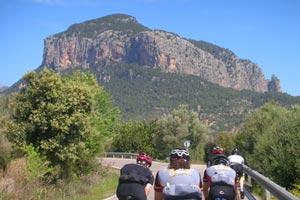 your average power output relative to an hour long time trial. For running, you can run a mile and then add 30 seconds to your time to find what your projected 5k time would be. These tests will allow you to assess your progress over the course of your training.
your average power output relative to an hour long time trial. For running, you can run a mile and then add 30 seconds to your time to find what your projected 5k time would be. These tests will allow you to assess your progress over the course of your training.
Winter is a crucial time for the triathlete, but it shouldn't be a time to worry about your past season or try and overcompensate for the next one. Taking the time to recuperate and recover will pay dividends for your upcoming season and allow you to effectively transition into the next training phase. Making sure to moderate your intensity, workout types and workout times will help to achieve this balance so that you can achieve your optimum performance. While triathletes might not hibernate like everyone else, enjoying winter as a time to rest will help to make the rest of your season the best.
 EN
EN  DE
DE 


